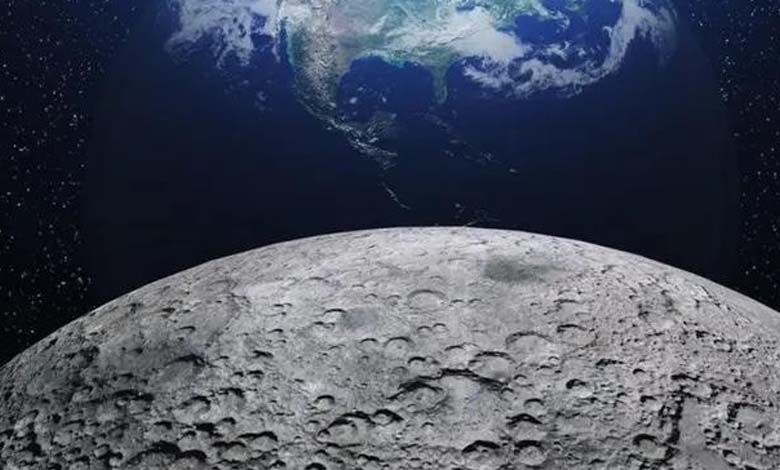Discovery of the Origin of Iron on the Moon’s Surface… and Astronomers are Puzzled

Scientists from the Institute of Physics at the Chinese Academy of Sciences have identified the distinct roles of solar wind radiation and micrometeorite impacts in the formation of nanophase iron particles (npFe0) on the Moon‘s surface.
In their study published in the journal “Nature Astronomy,” the researchers used samples of “glass beads” collected by the “Chang’e 5” mission. Their findings reveal that small and large nanophase iron particles, which have different optical effects, are independently controlled by solar wind radiation and micrometeorite impacts, respectively. Metallic iron particles are abundant on the Moon, affecting its optical spectrum over time. The size of the nanophase iron particles plays a crucial role in changing the Moon‘s surface color, with smaller nanophase iron particles causing reddening of reflection spectra, while larger ones cause darkening. This has complicated remote sensing studies and left astronomers puzzled.
The researchers found that micrometeorite impacts lead to the formation of larger particles, whereas smaller particles are formed due to solar wind radiation.
Professor Bai explained that “the glass beads found in the lunar soil collected by the (Chang’e 5) mission contain iron particles of different sizes, ranging from about 1 nanometer to 1 micrometer. By utilizing the rotation of impacted glass beads, we can distinguish nanophase iron particles formed before and after the solidification of the host glass beads.”
-
Whirlpools on the Moon… Study reveals the secret of “shiny wrinkles”
-
A Rare astronomical phenomenon… ‘Scorpius Heart’ to eclipse behind the moon
The study highlights that solar wind radiation and micrometeorite impacts play important but distinct roles in the formation of nanophase iron particles.
These findings are consistent with many remote sensing measurements and provide valuable insights into understanding and predicting the optical properties of airless bodies exposed to different space environments.
-
Discovery Rewrites the Moon’s Water History… The Secret in ‘Apatite’
-
Rocks from Apollo mission 50 years ago reveal a mistake in the moon’s age
This research represents a significant step forward in uncovering the complexities of space weathering and its impact on the Moon‘s surface.












